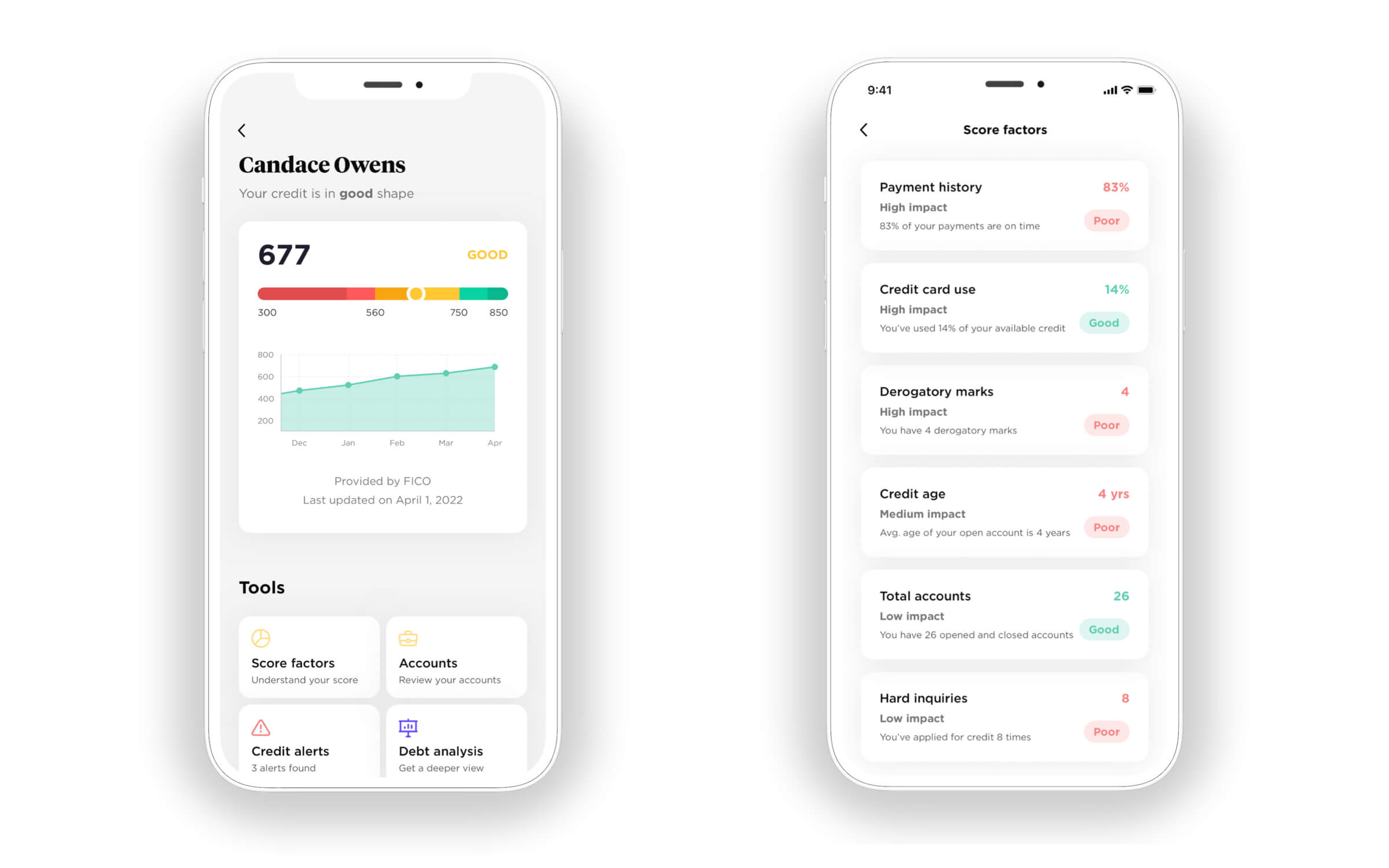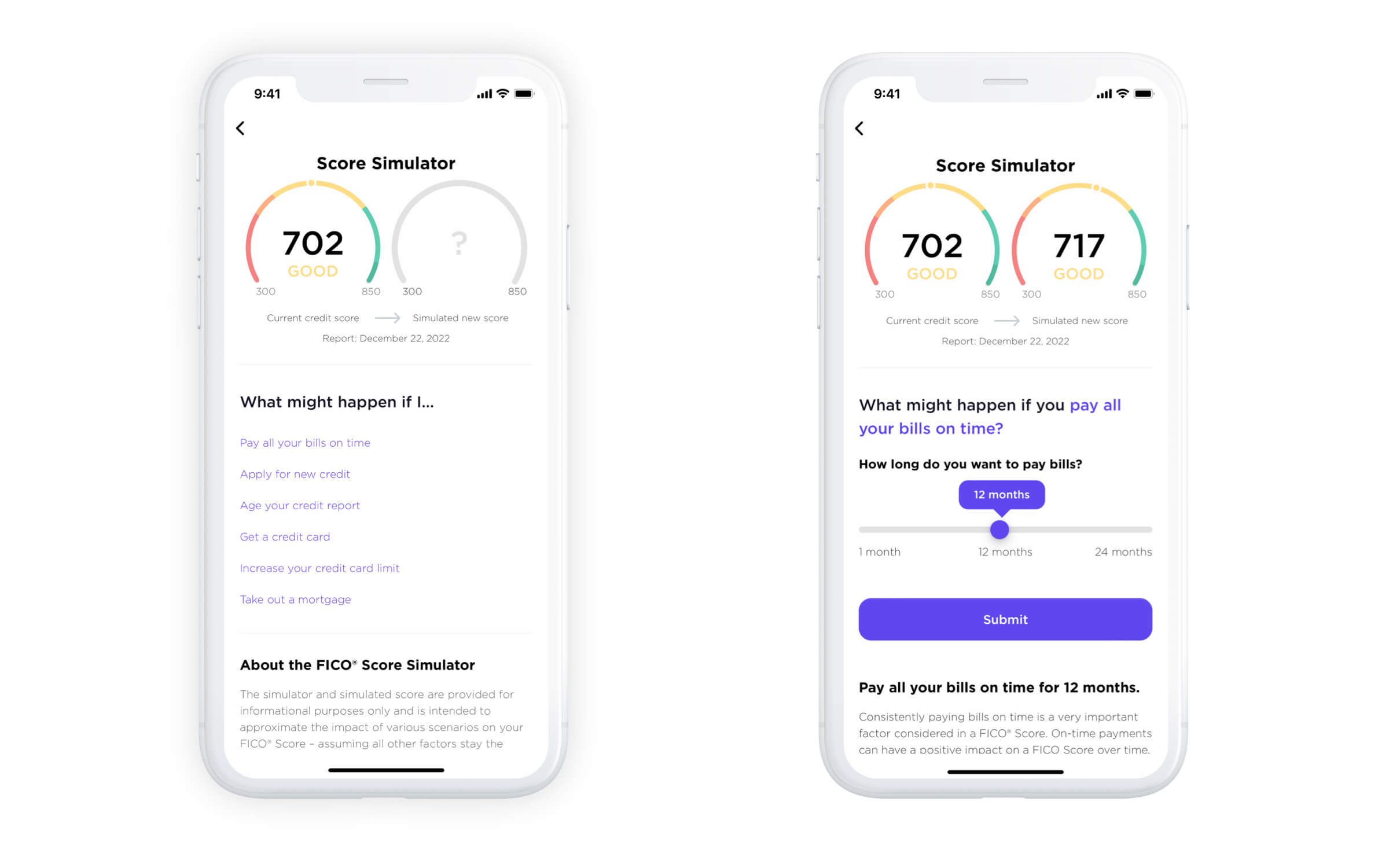How to Track Your Mortgage Credit Score
Surprises can be fun, but not when it concerns your credit score and you’re in the middle of a mortgage application.
You want to be on the same page as your mortgage lender – this goes without saying. But this rings especially true when it comes to your credit score.
The credit score you think you have – the one that popular apps may tell you is accurate – isn’t what your mortgage lender sees when they look up your credit. Oftentimes, the credit score your loan officer pulls is much lower. What gives?
Typical credit reporting tools don’t use the same credit scoring system as mortgage lenders, and it can be a problem. Especially if you’re right on the edge of qualifying for a home loan, and you’re trying to figure out what loan products you’re even eligible for.
How do you figure out your true mortgage credit score and avoid a jump scare at the lender’s office? The answer: go outside of the typical consumer credit reporting apps.
Here’s what you need to know to track your mortgage credit score before you apply for a home loan:
What’s your true mortgage credit score?
Perception: everyone has one credit score.
Reality: everyone has dozens of credit scores, and each score is calculated differently, depending on the purpose of each scoring model.
Here’s an example of how a few different credit scoring models are used:
- FICO 8 is used to qualify consumers for credit cards.
- Vantage 3.0 may be used by a landlord when screening applicants for a new apartment. This is the score you see most often in places like Credit Karma and NerdWallet.
- Mortgage lenders use a combination of FICO 5, FICO 4, and FICO 2 to qualify prospective homebuyers.
Some people will find that their mortgage credit score is “lower” than what they’ve found when applying for a credit card or checking their Credit Karma app. Why?
Certain credit scoring calculations count aspects of your financial life that others don’t. For example, reporting rent payments on time is going to help boost your Vantage score, but it won’t affect your momortgage credit score.
What is your mortgage credit score and how can you track it? Follow these four steps:
#1: Choose the right app
First things first: download Gravy and subscribe to Gravy+ to get an instant read on your current FICO 4 (for free with a 7-day trial!) – one of the most accurate mortgage credit scores.
While the credit tracking that’s built into your credit card portal is helpful, it’s not totally accurate when you’re prepping for a mortgage application – and you need to know where you currently stand in order to know what to improve.
Gravy shows you the areas of your score where you need improvement, such as paying bills on time or lowering your credit utilization rate. These are areas you can work on before you start the conversation with a lender to get the best deal on a mortgage.

#2: Set a credit improvement goal
Once you know your score…then what? It’s time to take action, if need be.
Credit is not the only thing that matters when buying a home – income, debt, and equity (how much you have saved for a down payment) are the other major factors. But good credit is a game changer. Here’s why:
- It tells the lender how trustworthy you are with payments by showing your payment history.
- It tells the lender if you have too many other competing debts for them to trust you with a mortgage by showing your credit utilization ratio.
- It gives the lender a view into your recent financial picture by showing all recent inquiries.
A good credit score means you’ll have more loan options, and you’ll pay hundreds of dollars less for the same house each month. More on this here.
You might be thinking…how good is good enough? The vast majority of mortgage loans are given to homebuyers with a credit score above 740. If you’re in the 500s or low 600s, 680 is a great target to aim for and there are options available for folks with scores lower than that too.
#3: Identify actions to boost your score
There are a lot of little things you can do to boost your mortgage credit score that don’t necessarily mean changing your spending or earning habits.
For example, you can:
- Set up auto pay to ensure you hit a 100% on-time payment rate.
- Ask your credit card companies to increase your spending limits and/or strategically pay down certain credit cards faster than others.
- Contest any incorrect late payments that are showing up on your report and dragging your score down.
Another great tool is the Gravy+ credit simulator. Input actions you could take, such as applying for another credit card, or paying all of your bills on time, and choose a time limit. Gravy will tell you the estimated impact to your mortgage credit score.

#4: Check back in every 30 days
Staying on top of your credit, especially when you’re working on a homebuying timeline, is critical. Gravy will automatically monitor your credit and give you alerts in real time. In addition, log-in to the Gravy app to check your latest score each month as you pay down your debts and keep tracking towards your goal.
You might be surprised how much progress you can make in just a couple of months!
Get Gravy
Download Gravy and start tracking and building your mortgage credit score today.


